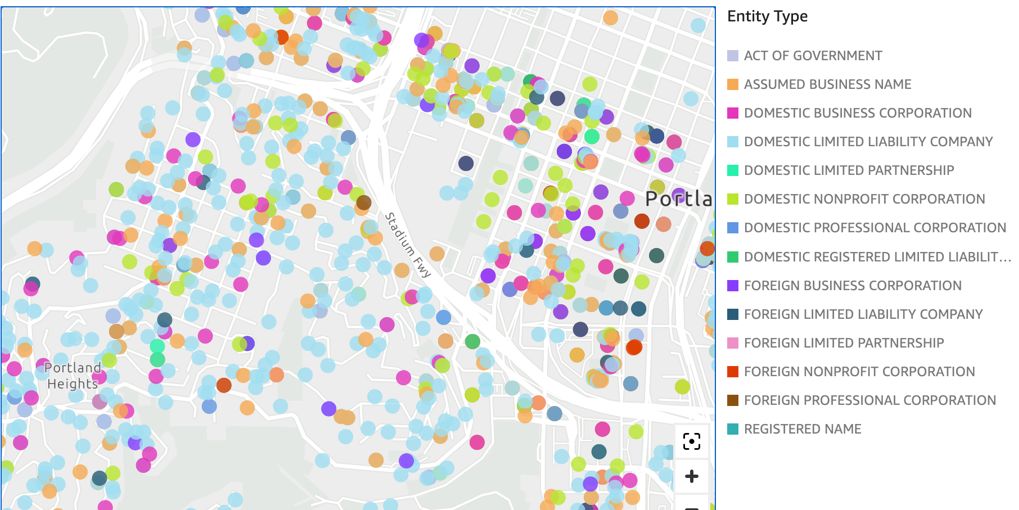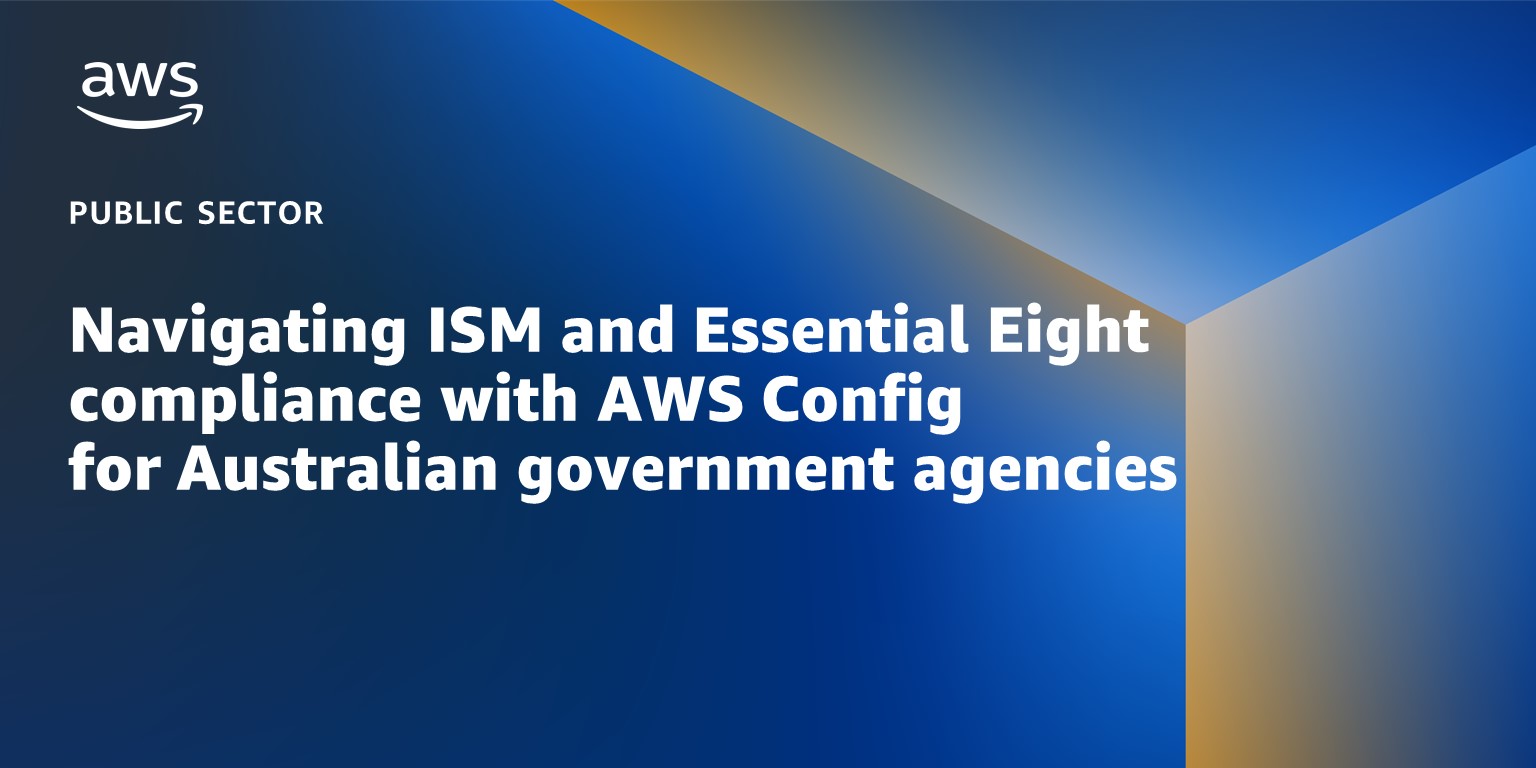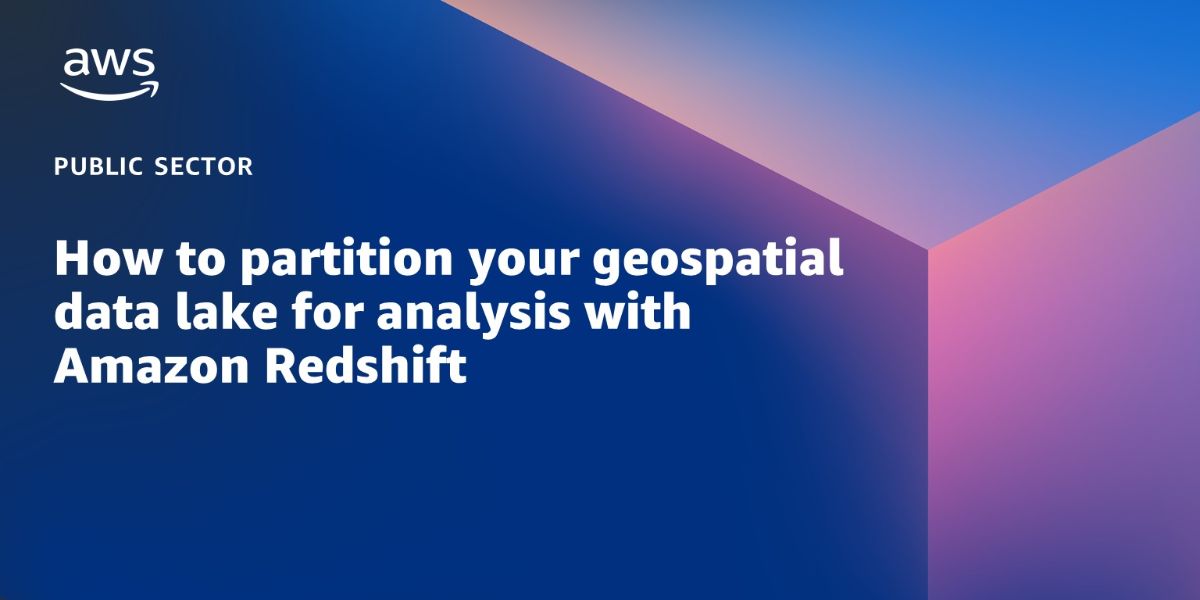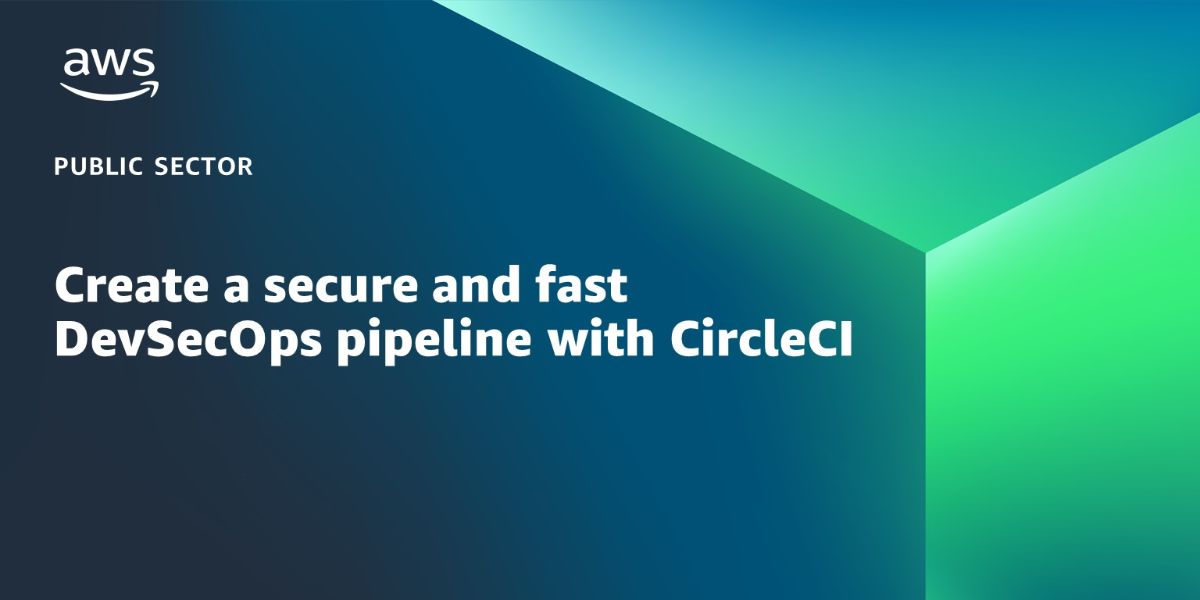AWS Public Sector Blog
Tag: technical
How to store historical geospatial data in AWS for quick retrieval
Learn how to store historical geospatial data, such as weather data, on AWS using Amazon DynamoDB. This approach allows for virtually unlimited amounts of data storage combined with query performance fast enough to support an interactive UI. This approach can also filter by date or by location, and enables time- and cost- efficient querying.
Visualize data lake address datasets on a map with Amazon Athena and Amazon Location Service geocoding
Many public sector customers in government, healthcare, and life sciences have data lakes that contain addresses (e.g., 123 Main Street). These customers frequently ask how they can quickly visualize these addresses on a geographic map to get a more intuitive understanding of how these addresses are distributed. In this post, learn how to use Amazon Athena and Amazon Location Service to perform ad hoc geocoding on an example dataset and visualize these geocoded addresses on an Amazon QuickSight map.
How to modernize legacy HL7 data in Amazon HealthLake
Healthcare providers and healthcare systems want to modernize their healthcare data exchanges so they can better analyze and gain more insight from their clinical data. In this walkthrough, learn how to use AWS to migrate legacy healthcare messaging data into Amazon HealthLake, which can use artificial intelligence (AI) and machine learning (ML) to discover meaningful and actionable healthcare information embedded in unstructured text.
Navigating ISM and Essential Eight compliance with AWS Config for Australian government agencies
To help our Australian customers, AWS provides pre-built conformance packs for the Australian Cyber Security Centre (ACSC) Essential Eight Maturity Model and the ACSC Information Security Manual (ISM). The ACSC’s Essential Eight was first published in 2017 and is a set of prioritised security mitigation strategies designed to help protect organisations against various security threats. In this blog post, I walk you through how to set up a conformance pack in AWS Config that is designed to help you implement and track the ASCS Essential Eight model.
How to partition your geospatial data lake for analysis with Amazon Redshift
Data lakes are becoming increasingly common in many different workloads, and geospatial is no exception. In 2021, Amazon Web Services (AWS) announced geography and geohash support on Amazon Redshift, so geospatial analysts have the capability to quickly and efficiently query geohashed vector data in Amazon Simple Storage Service (Amazon S3). In this blog post, I walk through how to use geohashing with Amazon Redshift partitioning for quick and efficient geospatial data access, analysis, and transformation in your data lake.
Virtualizing the satellite ground segment with AWS
As the number of spacecraft and spacecraft missions accelerates, moving aerospace and satellite operations to the cloud via digital transformation — including virtualizing the ground segment — is key for economic viability. In this blog post, we explain the benefits of virtualizing the ground segment in the cloud and present the core components of a reference architecture that uses AWS to support several stages of a comprehensive ground segment virtualization. Then, working from this model, we present additional reference architectures for virtualizing the ground segment that can accommodate various requirements and usage scenarios.
Create a secure and fast DevSecOps pipeline with CircleCI
In this blog post, we explain how government agencies can accelerate their development workflows while maintaining strict application and operational security using the principles of continuous integration and continuous delivery (CI/CD) and DevSecOps. We provide a solution to walk you through how you can quickly set up your own DevSecOps pipeline that incorporates AWS and third-party security tools to give you a fast, flexible, and secure software delivery process.
How to set up Galaxy for research on AWS using Amazon Lightsail
Galaxy is a scientific workflow, data integration, and digital preservation platform that aims to make computational biology accessible to research scientists that do not have computer programming or systems administration experience. Although it was initially developed for genomics research, it is largely domain agnostic and is now used as a general bioinformatics workflow management system, running on everything from academic mainframes to personal computers. But researchers and organizations may worry about capacity and the accessibility of compute power for those with limited or restrictive budgets. In this blog post, we explain how to implement Galaxy on the cloud at a predictable cost within your research or grant budget with Amazon Lightsail.
How to create a task-generating voicemail solution with Amazon Connect
It’s time consuming for public sector organizations to sort through packed voicemail inboxes, figure out how to respond, return calls, and take detailed records on each call. So AWS developed a scalable call center solution that allows organizations to streamline the entire call process – from call intake, to generating actionable insights for response with artificial intelligence, to detailed recordkeeping and storage. This blog post guides you through how to create this task-generating cloud call center solution with Amazon Connect.
Nonprofits save time and money with AWS Lambda: How to set up a function
Nonprofit need solutions that help them spend less money and time on IT infrastructure and allow them to further core goals. AWS Lambda can help. Learn how AWS Lambda can reduce IT management burden and how to create an example AWS Lambda function that streamlines how nonprofits cut down their AWS spend.









